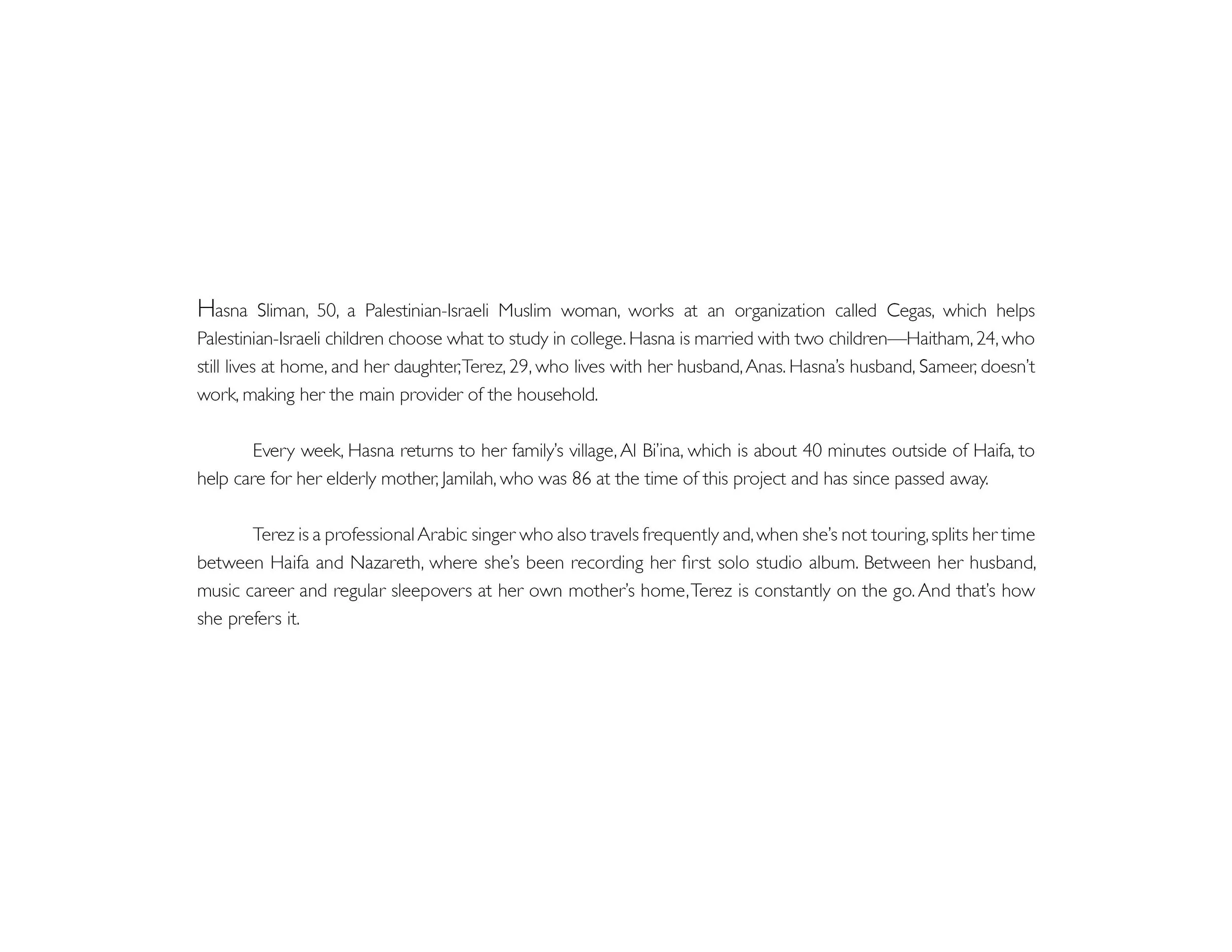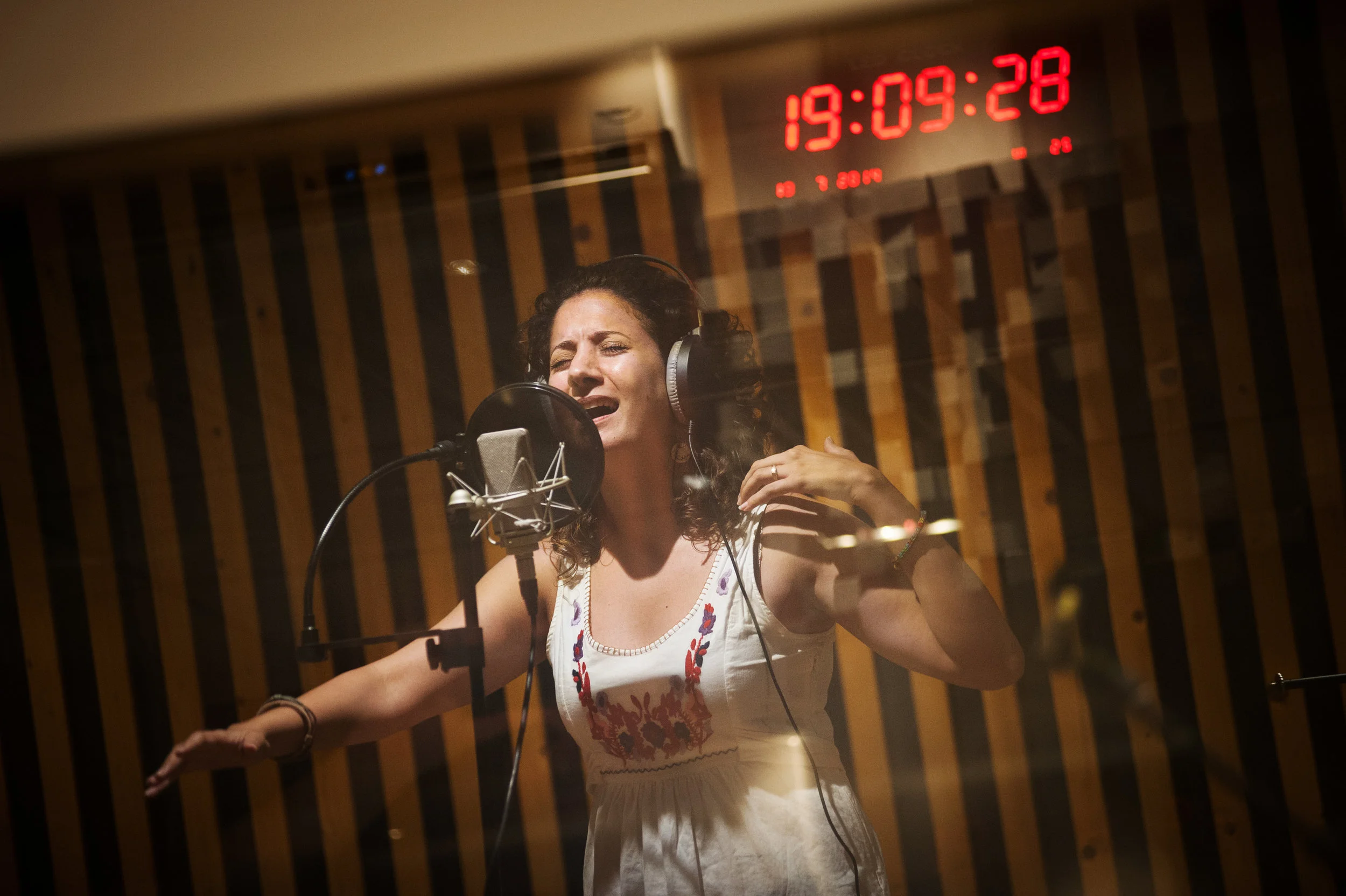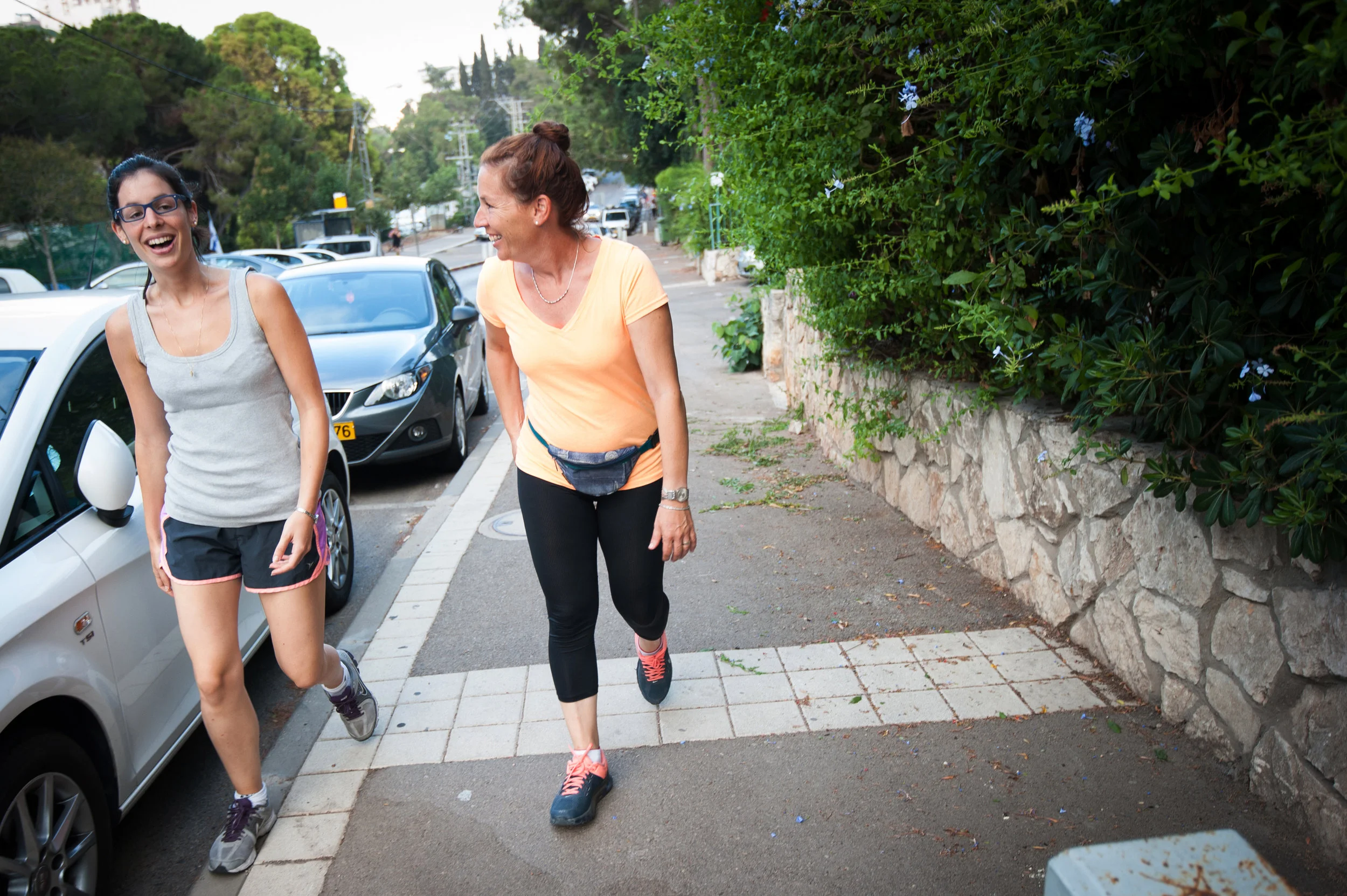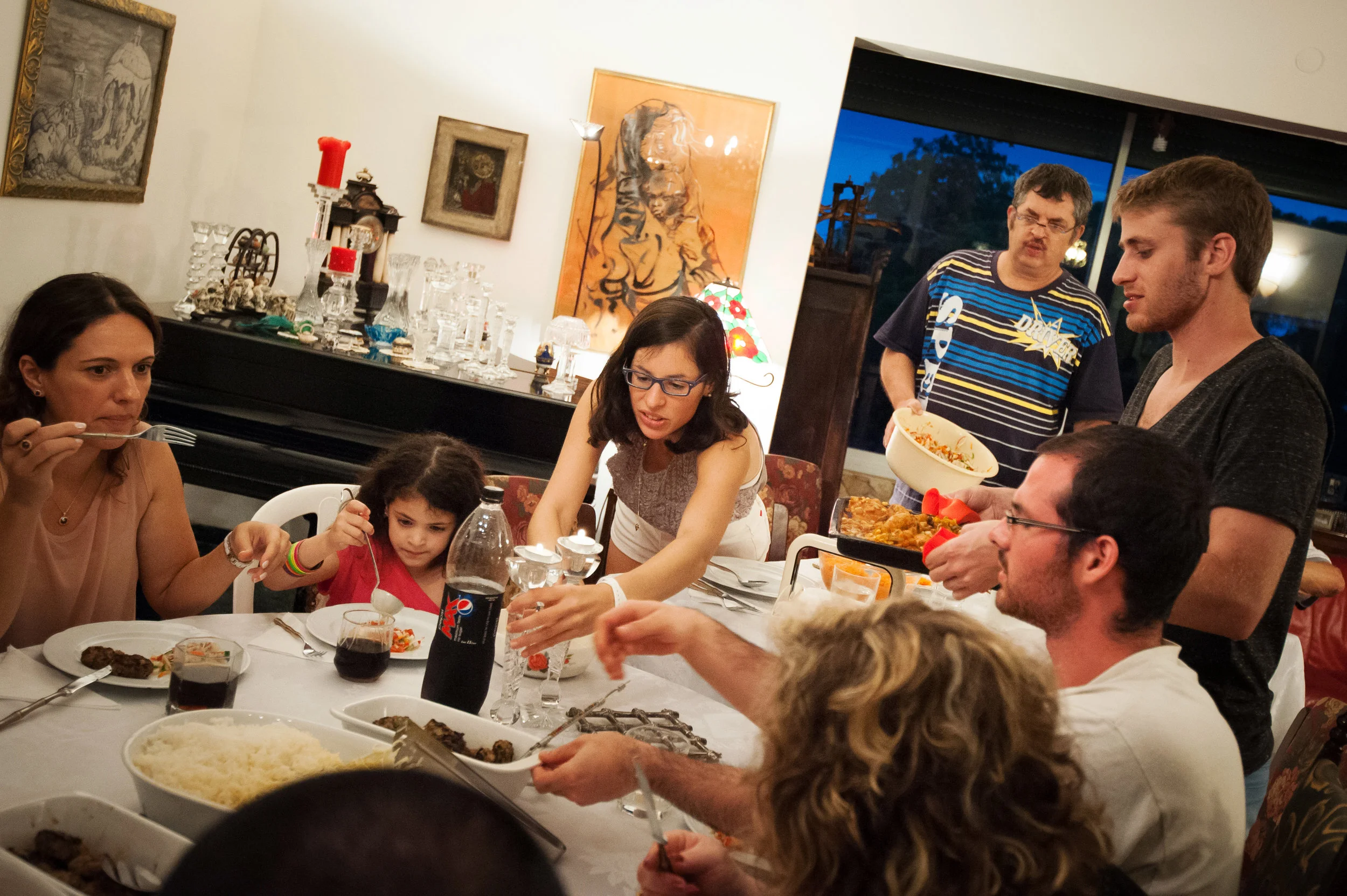Daughters of haifa
Daughters of haifa
In 2014, I spent a summer in haifa documenting mother/daughter pairs of different ethnic and religous backgrounds to learn what elements constructed their respective identities in relation to culture, nationality, gender, politics and personal beliefs.
Publisher: The New York Times Lens Blog
DATE: 2015
In the summer of 2014, I traveled to Haifa to complete my University of Missouri master’s project. I knew my first semester of graduate school that I wanted to make my way back to the Middle East after having spent part of my childhood living in Palestine and sporadically visiting over the years. I craved a deeper understanding of the experiences of women living in on the other side of The Wall beyond the West Bank. I chose the northern port city of Haifa for its diversity—the third largest city in Israel, it’s home to about 267,000 resident (at the time of this project)s: roughly 80% Jewish, approximately 6% are Palestinian Christian and 4% are Palestinian Muslim (the other 10% are made up of other faiths or individuals who categorize themselves as “nonreligious” according to available data).
Six women—three mother/daughter pairs of different ethnic and religious backgrounds—were photographed living everyday life in and around Haifa. At the end of the summer, each woman was shown the same selection of images from her life as well as the lives of the other women documented. some of the images are included in this photo essay, others are not. Visual aids often trigger more intimate answers, in the form of memories or personal experiences. This is why i chose to pursue photo elicitations with each individual woman—I wanted to learn how she views herself as well as the other women, and i wanted to hear it in her own words.
Some of the women suggested that the war between Israel and Gaza—which began (again) after I started this project—might present a city under conditions that aren’t the norm.
Others insisted that Haifa would still be a hub for political and social activism. Regardless, the resulting photo essay and photo elicitation responses help provide insight into the construction of identity among a small group of women in the town Palestinians have dubbed عروس البحر or “Bride of the Sea,” Haifa herself.


































